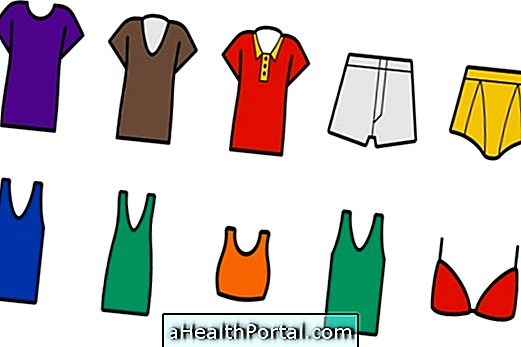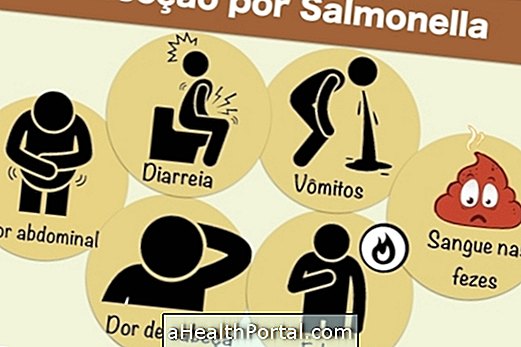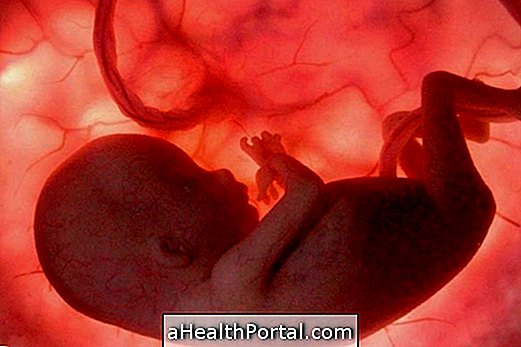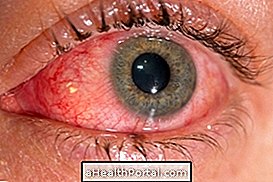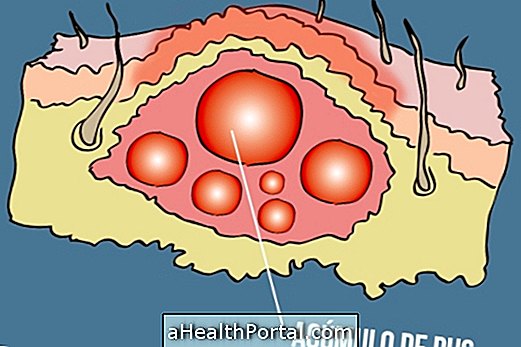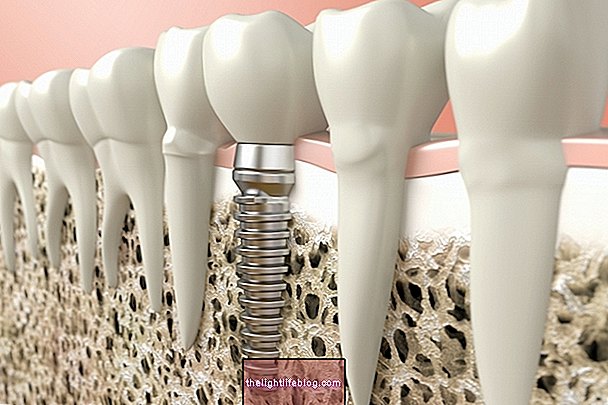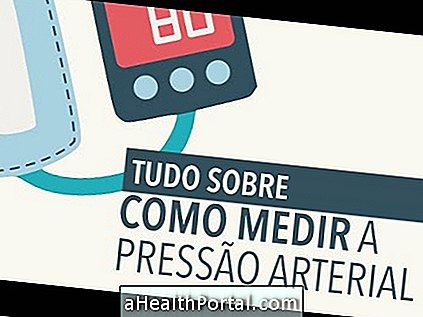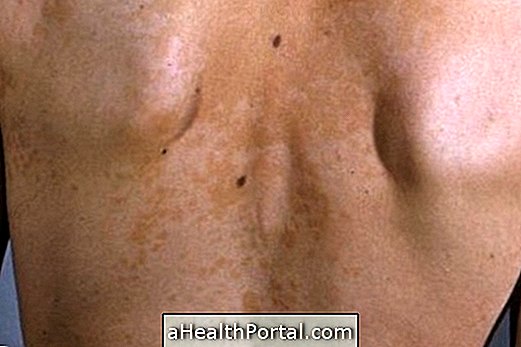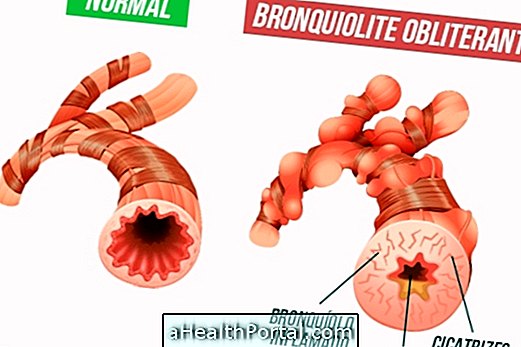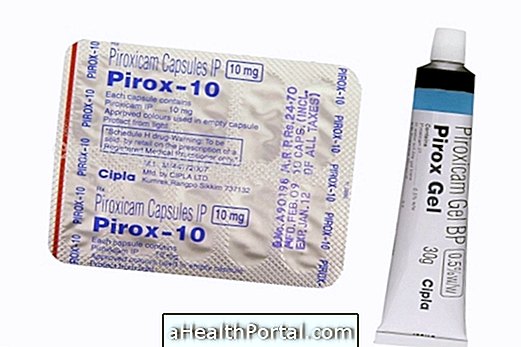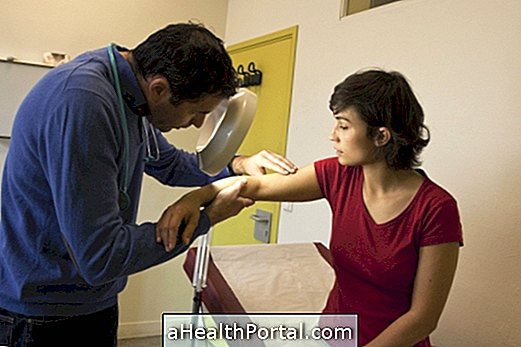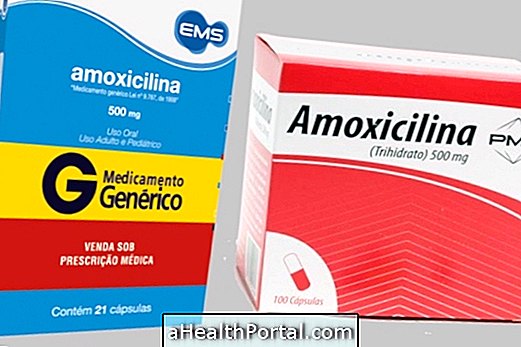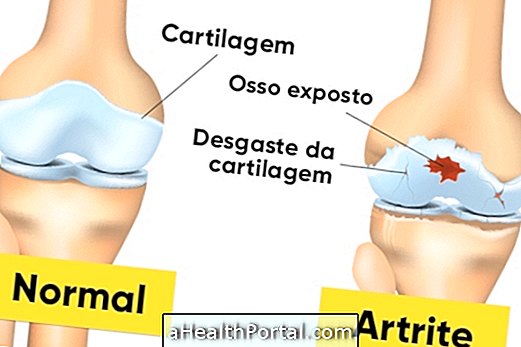Osteomyelitis is the name given to bone infection, usually caused by bacteria, but can also be caused by fungi or viruses. This infection occurs either by direct contamination of the bone, through a deep cut, a fracture or implant of a prosthesis, but can also reach the bone through the bloodstream during the course of an infectious disease such as an abscess, endocarditis or tuberculosis, for example.
Anyone can develop this infection, which is not usually contagious from one person to another, and the symptoms brought on include bone pain, swelling and redness, as well as fever, nausea, fever, and tiredness. In addition, osteomyelitis can be classified according to the time of evolution, such as:
- Acute when diagnosed within the first 4 weeks of illness;
- Chronic, it happens when it lasts for more than 6 weeks, usually because it is not identified and treated soon, evolving and worsening slowly and continuously, which can persist for months or even years.
Osteomyelitis has a cure, and its treatment is done with medicines to eliminate the microorganisms, like antibiotics with high doses and for long time. Surgery may also be indicated in some cases to remove dead tissue and facilitate recovery.
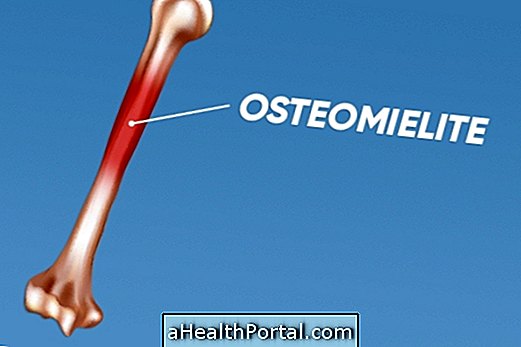
Main causes
Some of the key factors associated with the development of osteomyelitis are:
- Abscesses on the skin or teeth;
- Skin lesions such as cuts, wounds, infectious cellulitis, injections, surgeries, or appliance implantation;
- Bone fracture, in accidents;
- Implant of articular or bone prosthesis;
- Generalized infections such as endocarditis, tuberculosis, brucellosis, aspergillosis or candidiasis.
Osteomyelitis can arise in anyone, including adults and children. However, people with compromised immunity, such as those with decompensated diabetes, who use corticosteroids chronically or who do chemotherapy, for example, as well as people who have impaired blood circulation, who are carriers of neurological diseases or who have undergone surgery recently present risk of developing this type of infection more easily because they are situations that compromise healthy blood flow to the bone and favor the proliferation of microorganisms.
How to identify
The main symptoms of osteomyelitis, both acute and chronic, include:
- Bone pain, of sudden onset, but which may be persistent when it reaches the chronic phase;
- Swelling, redness and heat in the affected area;
- Fever, from 38 to 39ºC;
- Chills;
- Nausea or vomiting;
- Difficulty in moving the affected area.
Clinical evaluation of the doctor is the main way to diagnose osteomyelitis, however some tests may help confirm the suspicion, such as a blood count or inflammatory tests, as well as radiography, CT or MRI of the affected bone.
In cases of doubts about the microorganism causing the infection, it is also possible to drain the secretion or scraping of the bone, for collecting the material and performing a culture. The doctor will also take care to differentiate osteomyelitis from other diseases that can cause similar symptoms, such as septic arthritis, bone tumor or a deep abscess, for example. Check out how to differentiate the main causes of bone pain.

How is the treatment done?
In the presence of osteomyelitis, treatment should be done as soon as possible to allow healing, with potent, fast-acting orthopedic-guided medicines. It is necessary to stay in the hospital for at least 3 to 5 days, to start antibiotics in the vein and to perform the first tests to identify the microorganism.
If there is clinical improvement with the medicines, it is possible to continue the treatment at home with oral medications, which should last for about 4 to 6 weeks, to ensure the desired effect.
When there is no improvement with the initial treatment, surgery may be indicated for cleaning and removal of dead and infected tissue, as a way to allow bone recovery, as well as the use of medications in the vein for longer.
When is amputation necessary?
Amputation is only necessary in a few cases, when the bone involvement is very severe and it can not be recovered. It is also a possibility in cases of suspected cancer cells in the lesion.
Other treatments
No type of home treatment should replace doctor-directed medications to treat osteomyelitis, but a good way to speed recovery is to rest, and maintain a balanced diet with good hydration, consuming about 2 liters of fluids per day.
Physical therapy is not a treatment that helps in curing osteomyelitis, but it may be useful during or after treatment to prevent sequelae, such as shortening of muscles due to lack of use, and to recover the mobilization of the affected bone.

